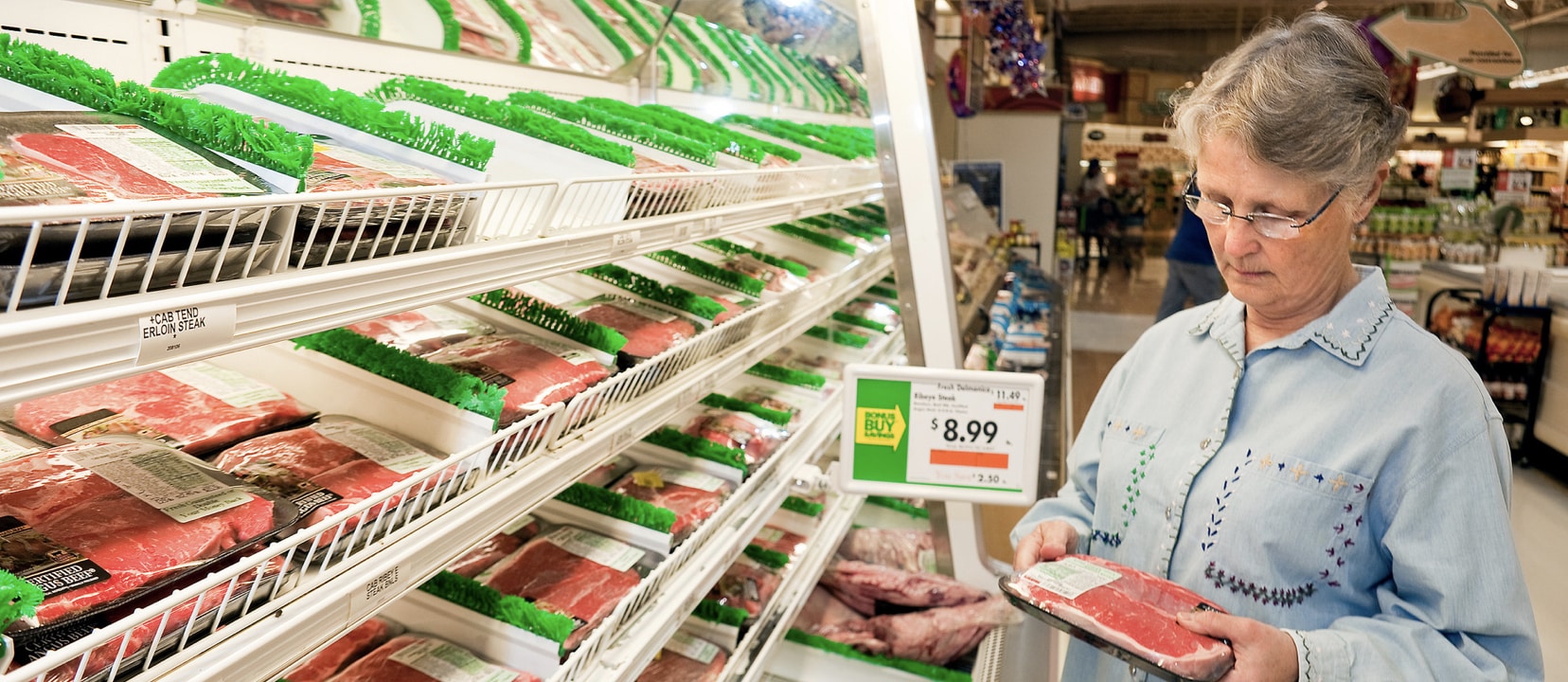Clostridium difficile is one of our most urgent bacterial threats, sickening a quarter million Americans every year, and killing thousands at the cost of a billion dollars a year. And, it’s on the rise.
As shown in C. difficile Superbugs in Meat, uncomplicated cases have been traditionally managed with powerful antibiotics, but recent reports suggest that hypervirulent strains are increasingly resistant to medical management. There’s been a rise in the percentage of cases that end up under the knife, which could be a marker of the emergence of these hypervirulent strains. Surgeons may need to remove our colon entirely to save our lives, although the surgery is so risky that the operation alone may kill us half the time.
Historically, most cases appeared in hospitals, but a landmark study published in the New England Journal of Medicine found that only about a third of cases could be linked to contact with an infected patient.
Another potential source is our food supply.
In the US, the frequency of contamination of retail chicken with these superbugs has been documented to be up to one in six packages off of store shelves. Pig-derived C. diff, however, has garnered the greatest attention from public health personnel, because the same human strain that’s increasingly emerging in the community outside of hospitals is the major strain among pigs.
Since the turn of the century, C. diff is increasingly being reported as a major cause of intestinal infections in piglets. C. diff is now one of the most common causes of intestinal infections in baby piglets in the US. Particular attention has been paid to pigs because of high rates of C. diff shedding into their waste, which can lead to the contamination of retail pork. The U.S. has the highest levels of C. diff meat contamination tested so far anywhere in the world.
Carcass contamination by gut contents at slaughter probably contributes most to the presence of C. diff in meat and meat products. But why is the situation so much worse in the US? Slaughter techniques differ from country-to-country, with those in the United States evidently being more of the “quick and dirty” variety.
Colonization or contamination of pigs by superbugs, such as C. difficile and MRSA, at the farm production level may be more important than at the slaughterhouse level, though. One of the reasons sows and their piglets may have such high rates of C. diff is because of cross-contamination of feces in the farrowing crates, which are narrow metal cages that mother pigs are kept in while their piglets are nursing.
Can’t you just follow food safety guidelines and cook the meat through? Unfortunately, current food safety guidelines are ineffective against C. difficile. To date, most food safety guidelines recommend cooking to an internal temperature as low as 63o C–the official USDA recommendation for pork–but recent studies show that C. diff spores can survive extended heating at 71o. Therefore, the guidelines should be raised to take this potentially killer infection into account.
One of the problems is that sources of C. diff food contamination might include not only fecal contamination on the surface of the meat, but transfer of spores from the gut into the actual muscles of the animal, inside the meat. Clostridia bacteria like C. diff comprise one of the main groups of bacteria involved in natural carcass degradation; and so, by colonizing muscle tissue before death, C. diff can not only transmit to new hosts, like us, that eat the muscles, but give themselves a head start on carcass break-down.
Another foodborne illness tied to pork industry practices is yersiniosis. See Yersinia in Pork.
MRSA (Methicillin-resistant Staph aureus) is another so-called superbug in the meat supply:
More on the scourge of antibiotic resistance and what can be done about it:
- Antibiotics: Agribusinesses’ Pound of Flesh
- Past the Age of Miracles: Facing a Post-Antibiotic Age
- Superbugs in Conventional vs. Organic Chicken
How is it even legal to sell foods with such pathogens? See Salmonella in Chicken & Turkey: Deadly But Not Illegal and Chicken Salmonella Thanks to Meat Industry Lawsuit.
In health,
Michael Greger, M.D.
PS: If you haven’t yet, you can subscribe to my free videos here and watch my live, year-in-review presentations:
- 2012: Uprooting the Leading Causes of Death
- 2013: More Than an Apple a Day
- 2014: From Table to Able: Combating Disabling Diseases with Food
- 2015: Food as Medicine: Preventing and Treating the Most Dreaded Diseases with Diet
- 2016: How Not To Die: The Role of Diet in Preventing, Arresting, and Reversing Our Top 15 Killers
